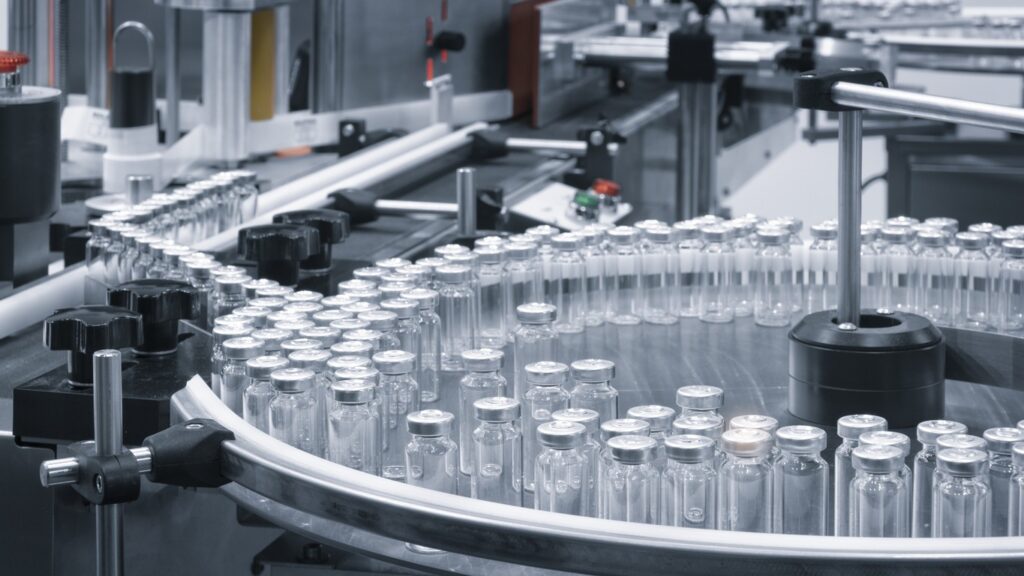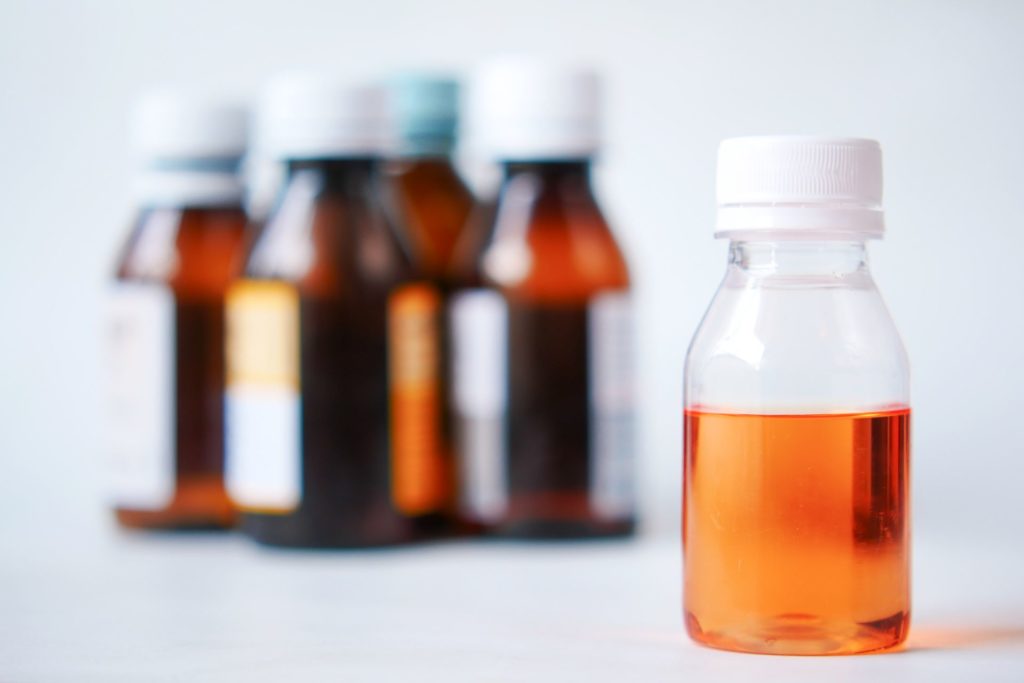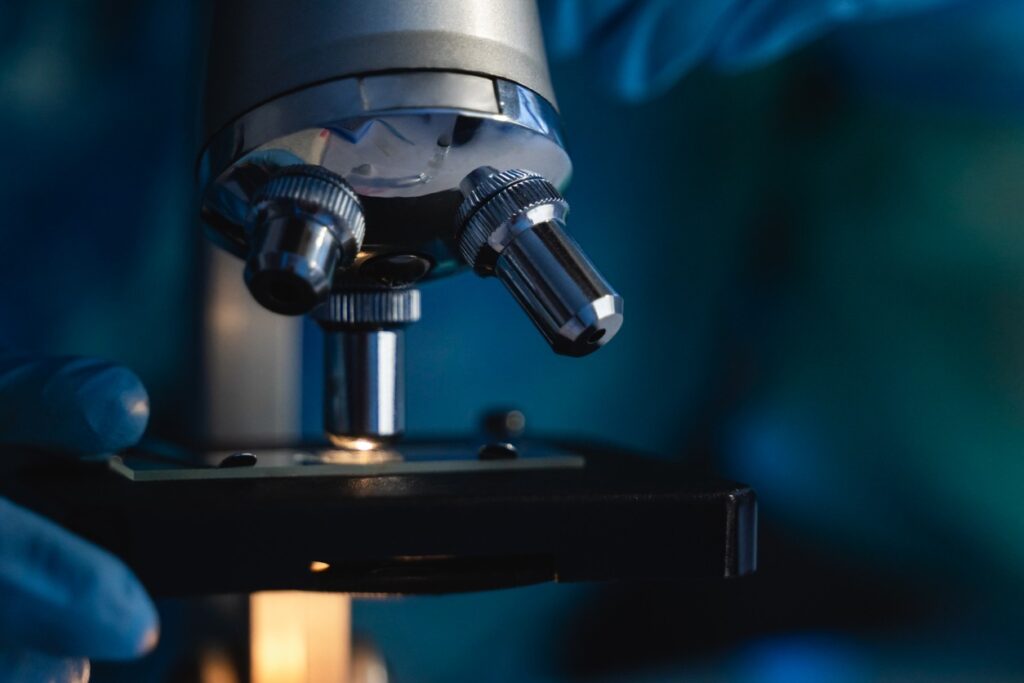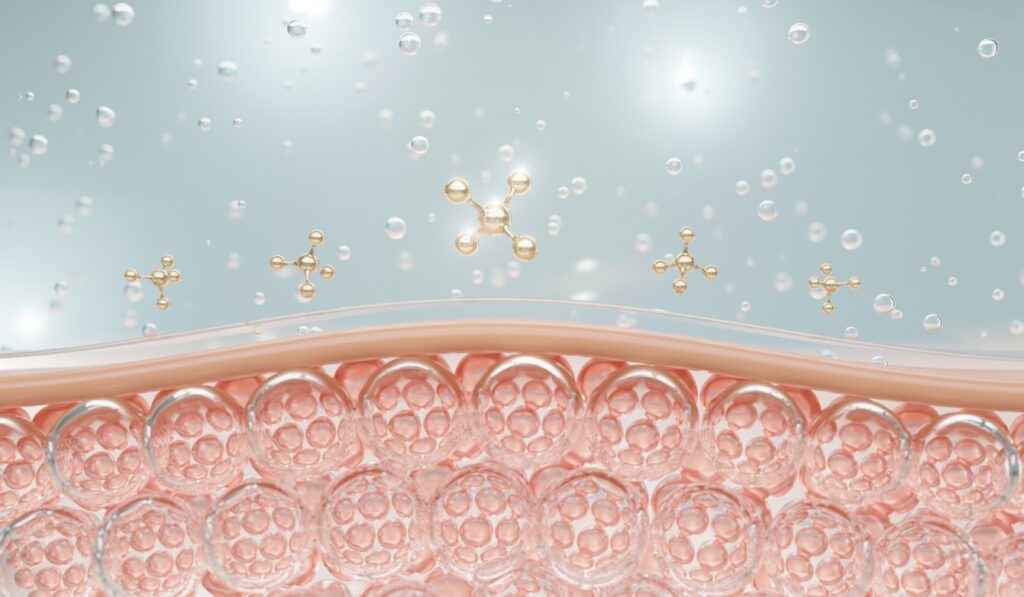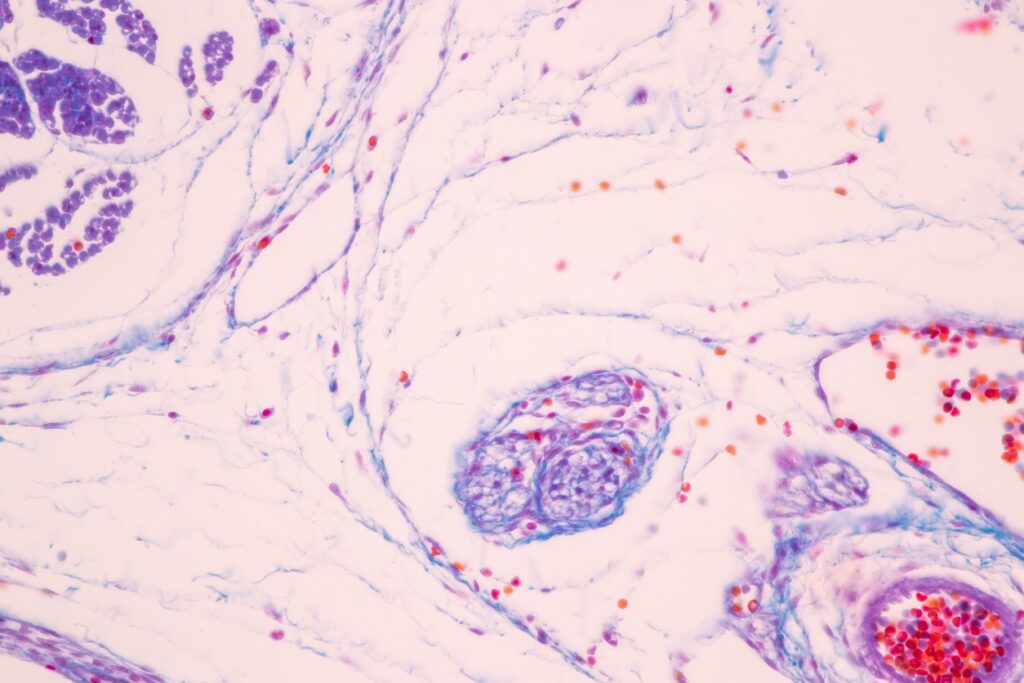Peptide Blog
All articles and shared info are for educational purposes only.
Latest Peptide Articles
Research of AOD 9604 in Fat Reduction and Metabolic Regulation
AOD9604 peptide is a synthetic version of growth hormone (HGH), a revised version of peptide fragment 176-191 with a disulfide bridge. Despite the peptide’s primary potential being hypothesized in relation to fat reduction (lipolysis), scientific data suggests that it may exert action in the context of heart disease, hypercholesterolemia (the metabolic syndrome), osteoarthritis, and...
An Examination of Palmitoyl Tripeptide-1
Palmitoyl Tripeptide-1, aka Pal-GHK or Palmitoyl Oligopeptide, is a hybrid peptide comprising a peptide and a fatty acid end. The peptide end is the GHK-end (Glycine, histidine, and lysine). Meanwhile, the fatty acid end is the Pal-end (Palmitoyl). Pal-GHK is a fibroblast stimulant and a small fraction of the elastin protein. It may potentially enhance...
Responses of DSIP in Sleep Pattern Regulation
Delta Sleep Inducing Peptide (DSIP) is a neuropeptide that appears to influence various endocrine and physiological functions in the nervous system. The peptide was isolated in 1977 from the brains of rats during slow-wave sleep. DSIP may potentially lower oxidative stress and restore normal myocardial contractility. Furthermore, the peptide may potentially produce mitigatory action...
CJC-1295 No DAC: A Synthetic Peptide of GHRH
CJC-1295 is the synthetic equivalent of hGFR (1-29). It was created to produce a more soluble growth hormone secretagogue that is produced in ample amounts but retains the physiological features of GHRH. Contents: The Difference Between CJC-1295 and CJC-1295 DAC The Functions of CJC-1295 CJC-1295 and Hemorrhagic Shock and GHRH 1-29 Interaction CJC-1295 NO DAC...
Skin Research and the SNAP-8 Peptide
SNAP-8 is the N-terminus of SNAP-25. It has been suggested to influence production by competing with SNAP-25 for its position in the SNARE complex. The SNARE complex is a large protein family that is considered to generate energy through protein-protein and protein-lipid interactions while promoting membrane fusion. Any changes to the SNARE complex may inhibit...
Examining the MOTS-c Peptide
MOTS-c is a short peptide contained within the mitochondrial genome and is one of a long line of mitochondrial-derived peptides (MDPs). Mitochondrial-derived peptides (MDPs) are peptides found in mitochondrial DNA that are considered by researchers to help maintain mitochondrial functions and protect cells from stress. According to new research, MDPs may play critical roles in...
Leuphasyl Peptide and Wrinkles
Leuphasyl, aka Pentapeptide-18, has been suggested by researchers to be able to penetrate skin cells and induce a decrease in wrinkle depth and development along the skin surface. Research suggests that Leuphasyl may potentially inhibit impulse signals at the neuromuscular synapse. Due to this, muscle and contractile force may reduce drastically. Leuphasyl is the synthetic equivalent...
Vilon Peptide and Cell Aging
Vilon peptide is classified as a potential immunomodulatory bioregulator. Vilon research has indicated that the peptide may modulate the vascular system and improve hemostasis. Contents: Vilon and Cancer Vilon and Cell Aging Vilon and the Immune System Vilon and the Heart References Featured Product[et_pb_image src="https://biotechpeptides.com/wp-content/uploads/2022/06/Vilon.png" alt="Buy Vilon Peptide (20mg)" title_text="Buy Vilon Peptide (20mg)" url="https://biotechpeptides.com/product/vilon-20mg/" align="center" _builder_version="4.27.4"...
Pentapeptide-3V (Vialox) and Nicotinic Acetylcholine (ACHR)
Vialox, also termed Pentapeptide-3V, is a peptide developed to induce partial muscle paralysis, potentially resulting in a decreased prevalence of wrinkles and creases forming along skin structures. Pentapeptide-3V may prevent muscle contraction by exhibiting a curare-like effect at the neuromuscular junction, disallowing the nervous system signals from reaching the muscles. Pentapeptide-3V is of primary interest...

